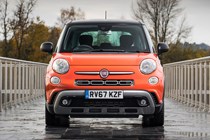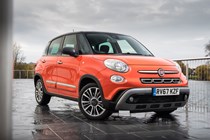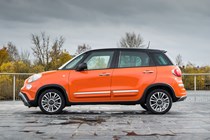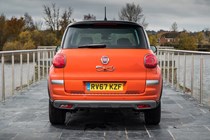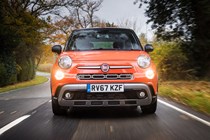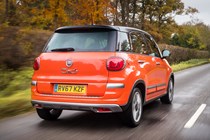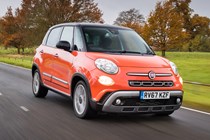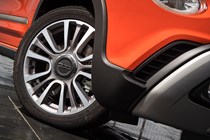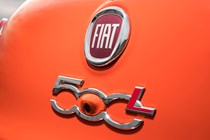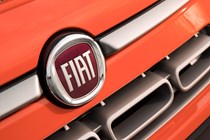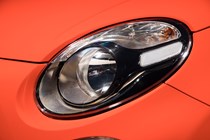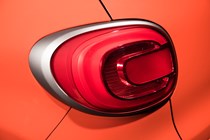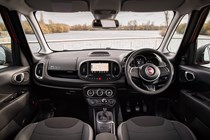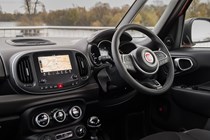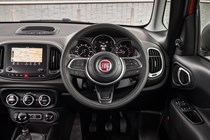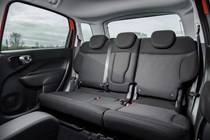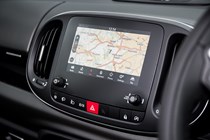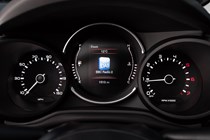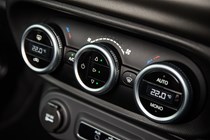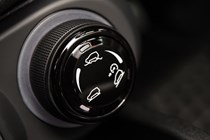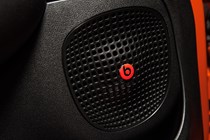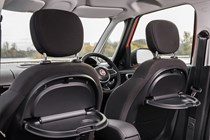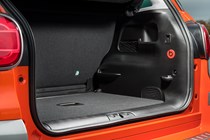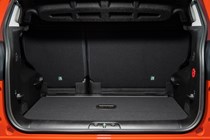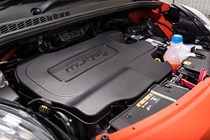
Fiat 500L Cross (2017-2022) running costs and reliability
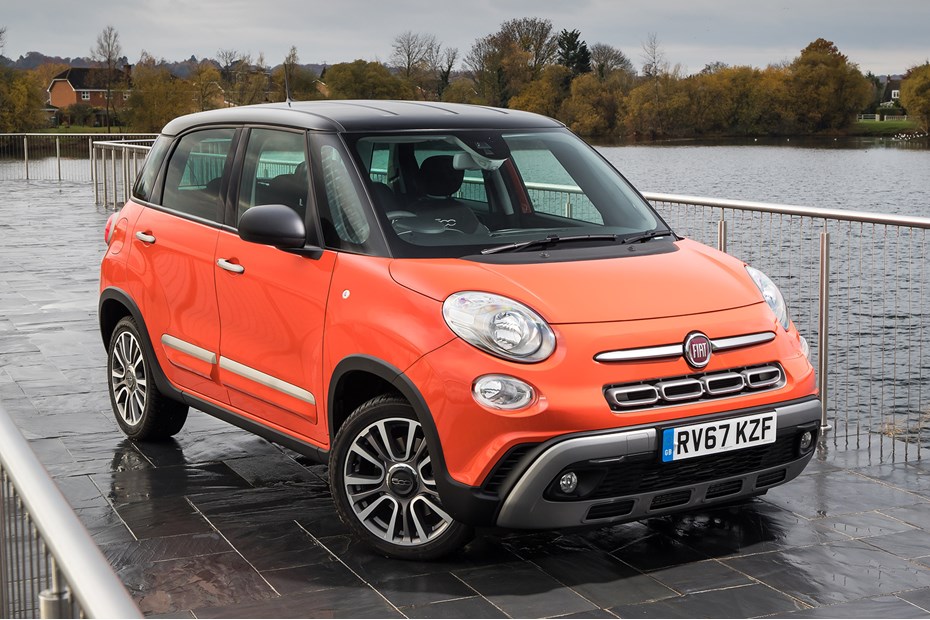
Miles per pound (mpp) ⓘ
| Petrol engines | 4.8 - 5.7 mpp |
|---|
Fuel economy ⓘ
| Petrol engines | 32.8 - 38.7 mpg |
|---|
- Diesels by far the most frugal options
- Petrols need working hard, making them thirsty
- Above-average warranty boosts appeal
It’s unlikely running any 500L Cross will be too expensive when compared with large crossovers and full-size MPVs, but only if you go for one of the MultiJet diesels.
The 1.3-litre MultiJet is the cheapest of the lot to run, whether you go for the manual or Dualogic semi-automatic. In manual form it returns up to 67.3mpg, while the Dualogic betters this with 70.6mpg.
Even the more powerful 1.6-litre MultiJet diesel is impressively frugal, returning impressive 65.7mpg claimed economy.
It’s a slightly less impressive story for the petrols. The 1.4-litre 95hp unit officially returns 45.6mpg, while the T-Jet turbo returns 42.2mpg.
In reality, you’ll need to work the petrol engines quite hard, so you’ll likely see somewhere in the 30s in everyday driving, which is a little disappointing.
Maintenance costs should be fairly low, however, and it’ll be easy to find a Fiat dealer to have any work carried out on the car.
When it comes to CO2 emissions, the 500L Cross is something of a mixed bag. Diesels are pleasingly low in what they produce, with the 1.3-litre MultiJet pushing out 109g/km in manual form, while the Dualogic version produces just 106g/km.
Opt for the 1.6-litre MultiJet and emissions of 114g/km can be expected, which is still very reasonable.
It’s a different story for the petrol-powered models, though. The 95hp 1.4-litre produces 144g/km, while the T-Jet is even less impressive at 157g/km.
There are no hybrid or plug-in hybrid versions of the Cross to bring these down either, so the diesels will be more tempting as a company car option, for instance.
- Questionable reliability record from Fiat
- But newer cars feel more solid and dependable
- Three-year, unlimited-mileage warranty for backup
First things first, if you have any issues with the Cross, it’s covered by Fiat’s three-year, unlimited-mileage warranty.
There shouldn’t be anything too worrying about owning a 500L, though, with only one recall to its name since it was launched in 2012.
The engines are found in a range of other cars and have been around for a while, so any bigger problems should have been ironed out early on.
Some of the plastics inside don’t feel the highest quality, so it’ll be interesting to see how long it takes for these to become a little rattly, but we expect 500L ownership to be mostly worry-free.
Ongoing running costs
| Road tax | £195 |
|---|---|
| Insurance group | 9 - 19 |
Get an insurance quote with

|
|



